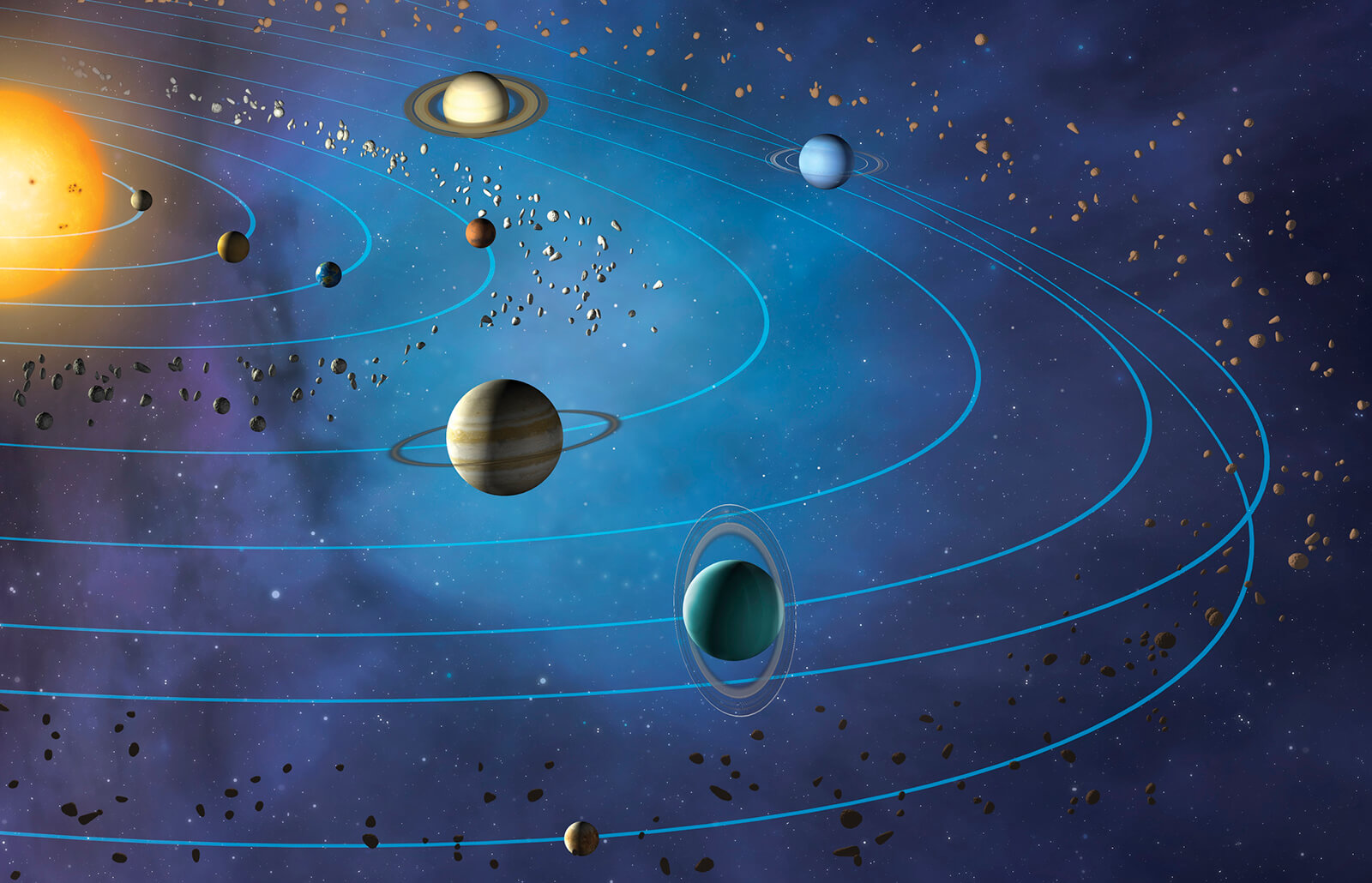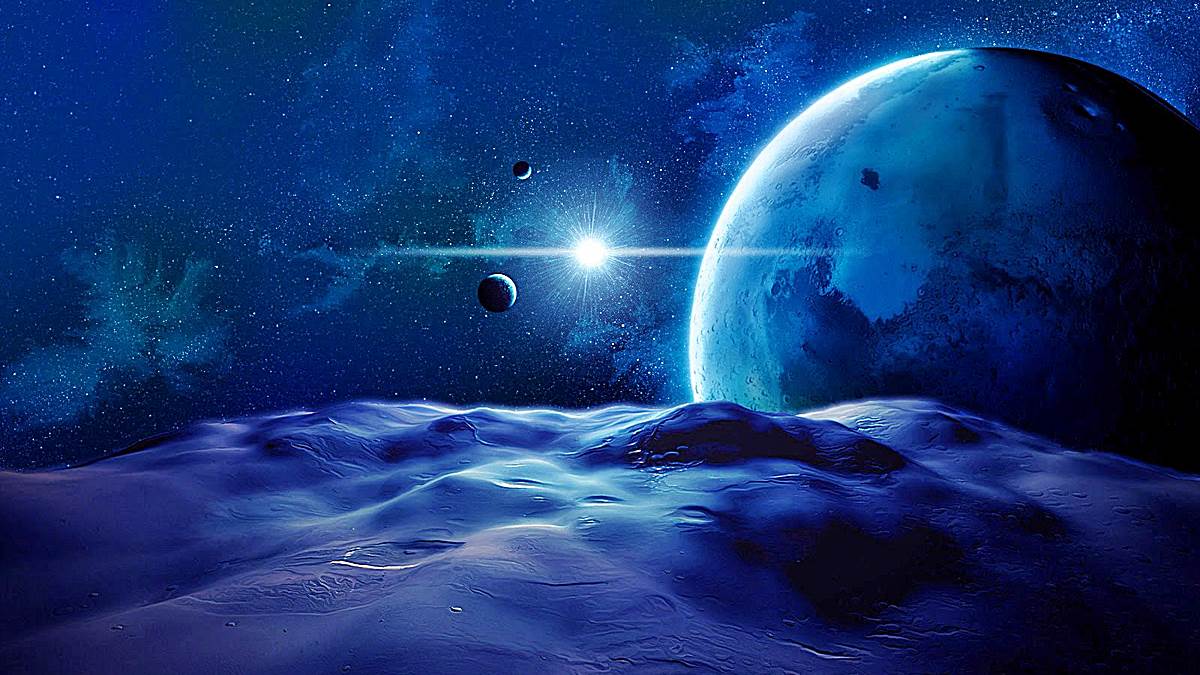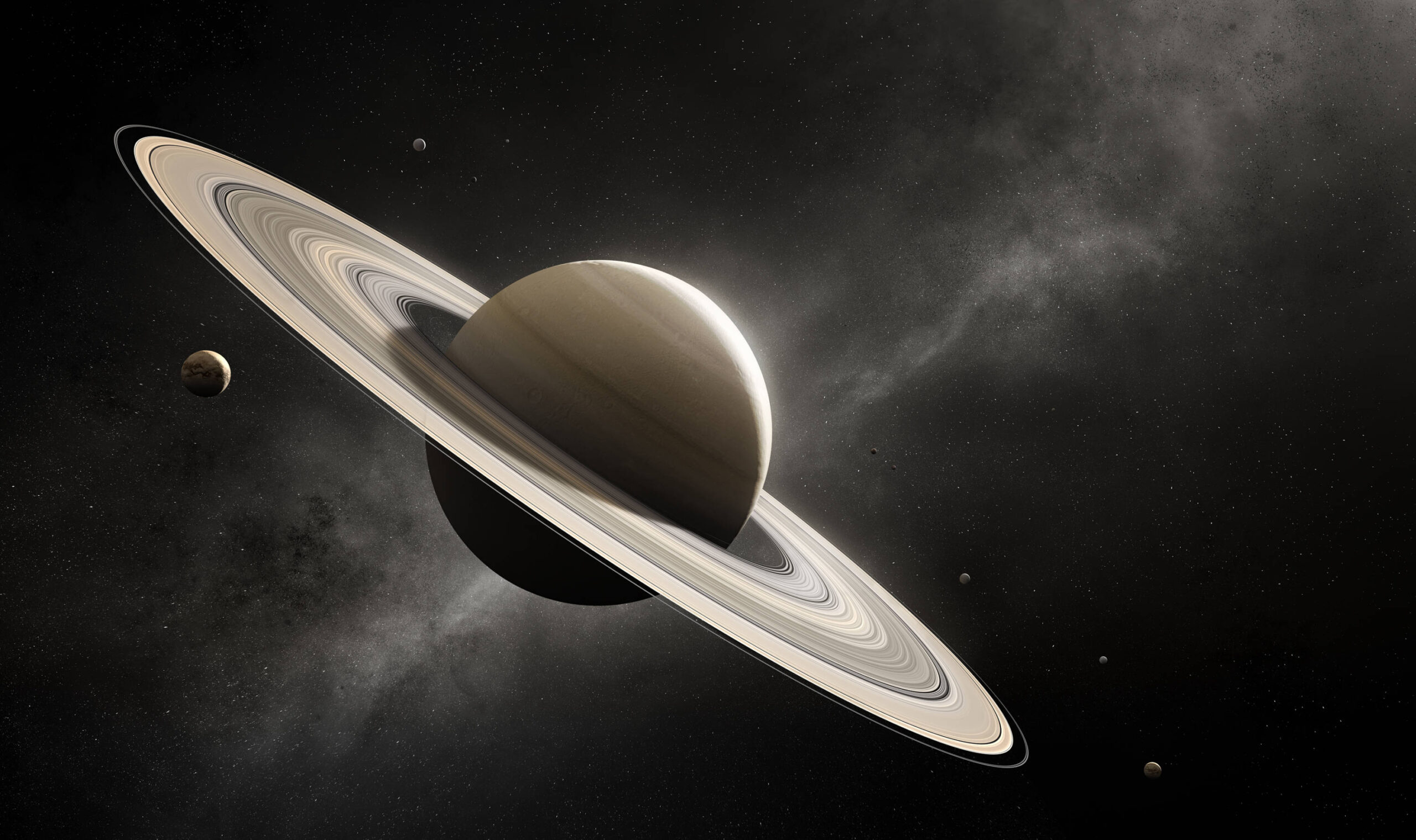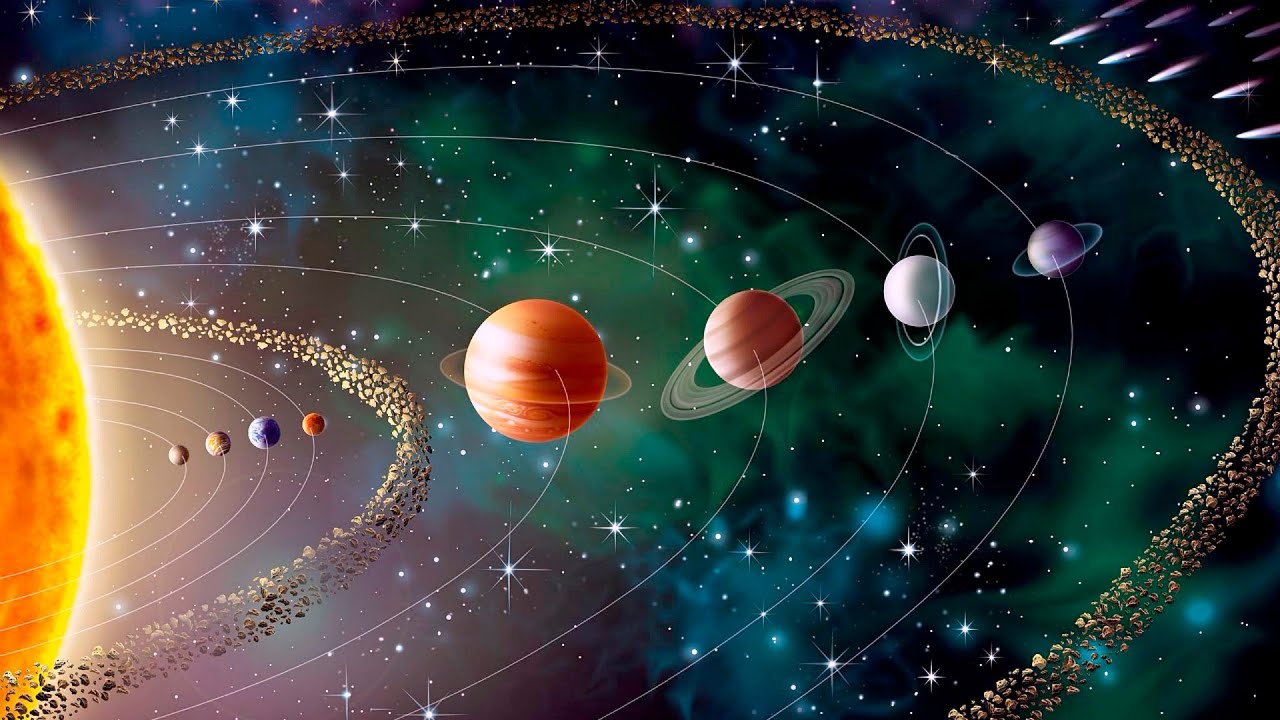Our Solar System consists of a wide range of bodies, we have one star, the Sun, eight planets orbiting the Sun, and more than 150 moons orbiting their respective planets. In this article we show you other Curiosities of the Solar System.

Curious facts in the Solar System
El Solar system it's a strange place with its alien planets, mysterious moons, and strange phenomena that are so out of this world that they elude explanation, scientists have discovered ice-spewing volcanoes on Pluto, there are curious facts about the planets, dwarf planets, comets and other amazing objects around the Solar System.
Venus is the hottest planet
Although Mercury is the planet that absorbs the most direct heat and is closest to the sun, it is not the hottest, because Venus is the second planet closest to the sun and has a temperature that is kept at 462 degrees Celsius, it is the planet hottest in the Solar System.
The atmosphere on Venus is so energetic that the pressure would be ninety-two times what you would appreciate standing on a beach at sea level, it has what is called a runaway greenhouse effect, it is a perpetual cycle of heat trapped inside This is due to the increase in carbon dioxide levels.
Water in the Solar System
More surprising water worlds may be the five icy moons of Jupiter and Saturn, which provide scientists with convincing evidence of the presence of oceans below their surfaces, these satellites include:
- Ganymede
- Europa and Callisto on Jupiter
- Enceladus and Titan on Saturn.
It was recently shown that Ganymede may have a subsurface, salty sea between two ice sheets. Europa and Enceladus manage to possess a sea of liquid water below their surface, which is in relation to the mineral-rich bottom.
On Mars, automatic stations have found clear evidence that it once had surface water for many periods, a certain current was discovered on the surface of Mars, which could exist in an era of conditions conducive to life, it was concluded that the planet had to have enough liquid water to form the ocean.
The planet that rotates the most in the System
Jupiter is the fastest rotating planet and rotates once in less than ten hours, it is very agile mainly thinking how huge Jupiter is, this impressive planet has the shortest days of all the planets in the world. Solar systemSince Jupiter is a gas planet, it does not rotate like a solid sphere.
The highest mountain
The highest mountain and volcano in the Solar System are located on the planet Mars, it is called Mount Olympus and it is 24 kilometers high, which makes it approximately three times higher than the Mount Everest, it is a very flat mountain that slopes only two to five degrees and is a volcano built by lava eruptions.
Dark matter surrounds the Earth
Earth is surrounded by dark matter that is five times more abundant than normal matter in the universe, but it remains an enigma because it is invisible and almost always passes through normal matter, astronomers only discovered dark matter by inferring its presence from the gravity it exerts, in particular, prevents rotating galaxies from drifting apart.
Jupiter has a larger magnetosphere than the Sun.
Jupiter is a huge planet, but its magnetosphere is incredibly massive, stretching nearly five million kilometers across on average, a hundred and fifty times as wide as Jupiter and almost fifteen times as wide as the Sun, making it one of the the largest structures in the Solar System.
A magnetosphere is a zone of space around a planet that is policed by the planet's magnetic field, the stronger the magnetic field, the larger the magnetosphere.
diamonds fall from the sky
Deep inside Neptune and Uranus, it rains diamonds, or so astronomers and physicists have suspected for nearly 40 years, yet the outer planets of our Solar system they are difficult to study, only one space mission has flown to reveal some of their secrets, so the rain of diamonds has remained just a hypothesis.
Neptune and Uranus are called the "ice giants" of our Solar System because their two outer shells consist of compounds including hydrogen and helium.
Life on Jupiter?
Although there is no solid surface on Jupiter, or even anything close to it, exotic giant life forms may exist on a giant planet that is not on Earth. Furthermore, even if Carl Sagan's theory of life on Jupiter is untenable, its presence in similar forms on other planets should not be excluded.
Flying is possible on a moon of Saturn
For a ship to fly, it needs air or an atmosphere, only a handful of objects in our Solar System fit that bill. Titan one of the 62 moons of the Planet Saturn, has an atmosphere thicker than Earth, which has shrouded this world in mystery for a long time.
Studies have shown that Titan may harbor primitive life forms and is the ideal place to study how life may have arisen on our own planet, in fact it is likely to fly off on its own with a little push.
More fun Solar System facts
We will mention some curious facts that occur in the Solar system:
Uranus is tilted on its side: It appears to be a featureless blue ball at first glance, but this outer Solar System gas giant is quite strange on closer inspection, the planet spinning on its side for reasons scientists have yet to discover.
Mars also has the longest valley: Valles Marineris At 4.000 km long, this immense Martian canyon system is more than 10 times longer than the Grand Canyon on Earth.
Venus has powerful winds: Scientists have discovered that the Planet venus it has top winds that flow 50 times faster than the planet's rotation.
There is water ice everywhere: Water ice was once considered a rare substance in space, but we now know we just weren't looking for it in the right places.
There are mountains on Pluto: Discoveries found icy mountains 3300 meters high, indicating that Pluto must have been geologically active as recently as 100 million years ago.
Jupiter has had the same ongoing storm for 300 years: It has an area known as the Great Red Spot, where a giant hurricane-like storm has been raging nonstop for 300 years.
There are 500,000 pieces of space junk floating in outer space: Defined as any man-made object floating in space, scientists estimate there are at least 500,000 pieces of space debris currently in orbit.
There are many stars in the Universe: Just inside our galaxy, the Milky Way, there are an estimated two hundred to four hundred billion stars.
The sun occupies most of the solar system: Our sun is massive, in fact its mass is around 330,000 times that of Earth and it represents 99.86% of the total mass in our Solar System.



